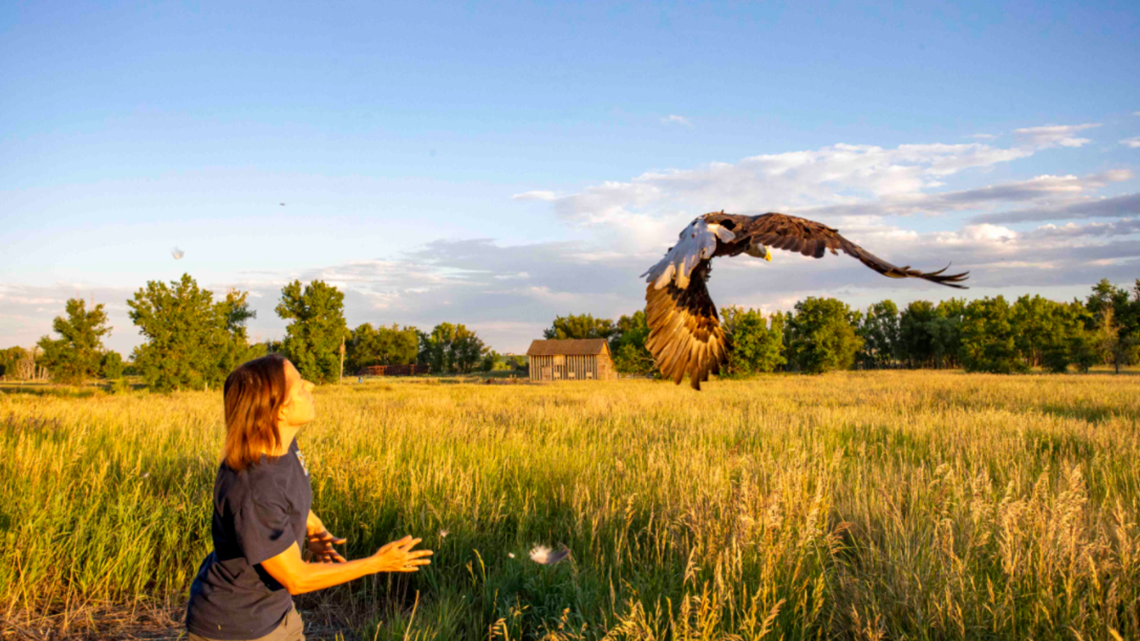DENVER — Colorado Parks and Wildlife announced on Tuesday a four-year study of bald eagle on the Front Range and the impacts of humans on their populations.
The Front Range corridor from the Denver metro area north to Wyoming has seen an 18% population growth since 2000, CPW said in a news release. Between 2019 and 2029, the state is forecast to grow by 832,000 people, with 87% of that on the Front Range.
Meanwhile, as of 2020, more than 90 breeding pairs of bald eagles live along the same corridor, CPW said.
That's a huge increase from the end of the 1970s, when Colorado had only three known bald eagle nests, and none on the Front Range.
“The reason we are focused on this area is the concentration of bald eagles along the Front Range, juxtaposed with the concentration of humans and human infrastructure along the Front Range,” said CPW Avian Researcher Reesa Conrey.
> Video above: Standley Lake bald eagles welcome their first egg
Reservoirs, rivers and streams surrounded by cottonwood trees provide nesting sites along the South Platte River Basin, but nests have been found in upland locations far from conventional sites, CPW said.
The study, which started in the second half of 2020, could help explain why bald eagles are choosing unconventional settings. The project could help with bald eagle conservation in a region with rapid human development, CPW said.
“We are looking at nest sites along a gradient of human activities and disturbances from urban to rural areas," Conrey said. “We are especially interested in comparing areas expected to remain stable with those expected to see new development within the next few years."


Researchers will mark about 35 to 30 bald eagles along the Front Range with GPS-GSM transmitters whose data will allow them to monitor the eagles' habitat use and movements year-round. The transmitters are harmless and new units weigh less than 50 grams, CPW said.
The first transmitter went out last July and the second in October. Fourteen eagles have been marked to date, CPW said.
Meanwhile, volunteers will track the eagles' success with raising eaglets at nest sites.
The number of bald eagles in the United States has quadrupled since 2009, according to U.S. Fish and Wildlife Services.
Bald eagle populations declined in the early to mid-20th century due to pesticides, human disturbance, and loss of trees for nesting habitat, CPW said. Populations started to recover after DDT was banned and protections were implemented.
The species was delisted from Endangered Species Act projection in 2007, though it's still protected under the Migratory Bird Treaty Act and the Bald and Golden Eagle Protection Act, CPW said.
CPW's partners in the research project include the U.S. Fish and Wildlife Service, the Bird Conservancy of the Rockies, and city and county agencies.
SUGGESTED VIDEOS: Latest from 9NEWS

